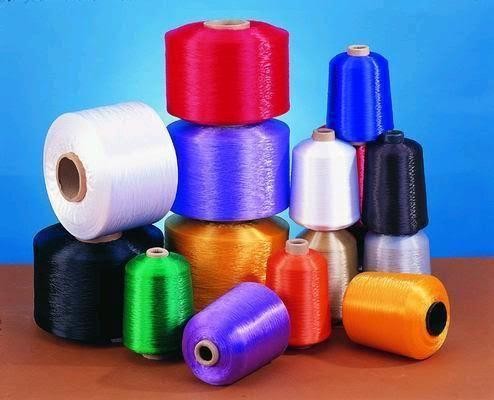1.Composition:
•Spun Yarn: Spun yarn is made by twisting short staple fibers together. These fibers can be natural, like cotton or wool, or synthetic, like polyester or nylon. The fibers are aligned parallel to each other, and the twisting creates a single thread.
•Filament Yarn: Filament yarn is made from long continuous filament fibers. These fibers are typically synthetic, such as polyester, nylon, or rayon. They are either twisted together or grouped together without twisting.

2.Manufacturing Process:
•Spinning: The process of creating spun yarn involves twisting the fibers together. The fibers are drafted (drawn out and aligned) and then twisted in either an S or Z twist to form a cohesive thread. This process has been industrialized for a long time and is widely used in the textile industry.
•Filament Formation: Filament yarn is produced differently. In the case of monofilament yarn, a single filament is extruded from a spinneret, a device with fine holes, and then wound onto a spool. For multifilament yarn, several filaments are extruded together to form a bundle. These filaments can be grouped together without additional twisting or can be twisted lightly to give them some cohesion.
Key characteristics of each type of yarn:
Spun Yarn:
•Soft and comfortable to touch.
•Has a fuzzy appearance due to the fiber ends protruding from the yarn surface.
•Provides good insulation and breathability due to the spaces between fibers.
•More likely to pill or wear out over time compared to filament yarn.
Filament Yarn:

•Smooth and shiny surface due to the continuous filaments.
•Less likely to pill or wear out, as there are no loose fibers.
•Tends to be stronger and more durable than spun yarn.
•Less breathable compared to spun yarn due to the absence of air pockets between fibers.
Both types of yarn have their own advantages and are used for various applications based on their characteristics. Spun yarn is often preferred for soft and comfortable fabrics like T-shirts, while filament yarn is commonly used for more durable and lustrous materials like satin or technical textiles.

